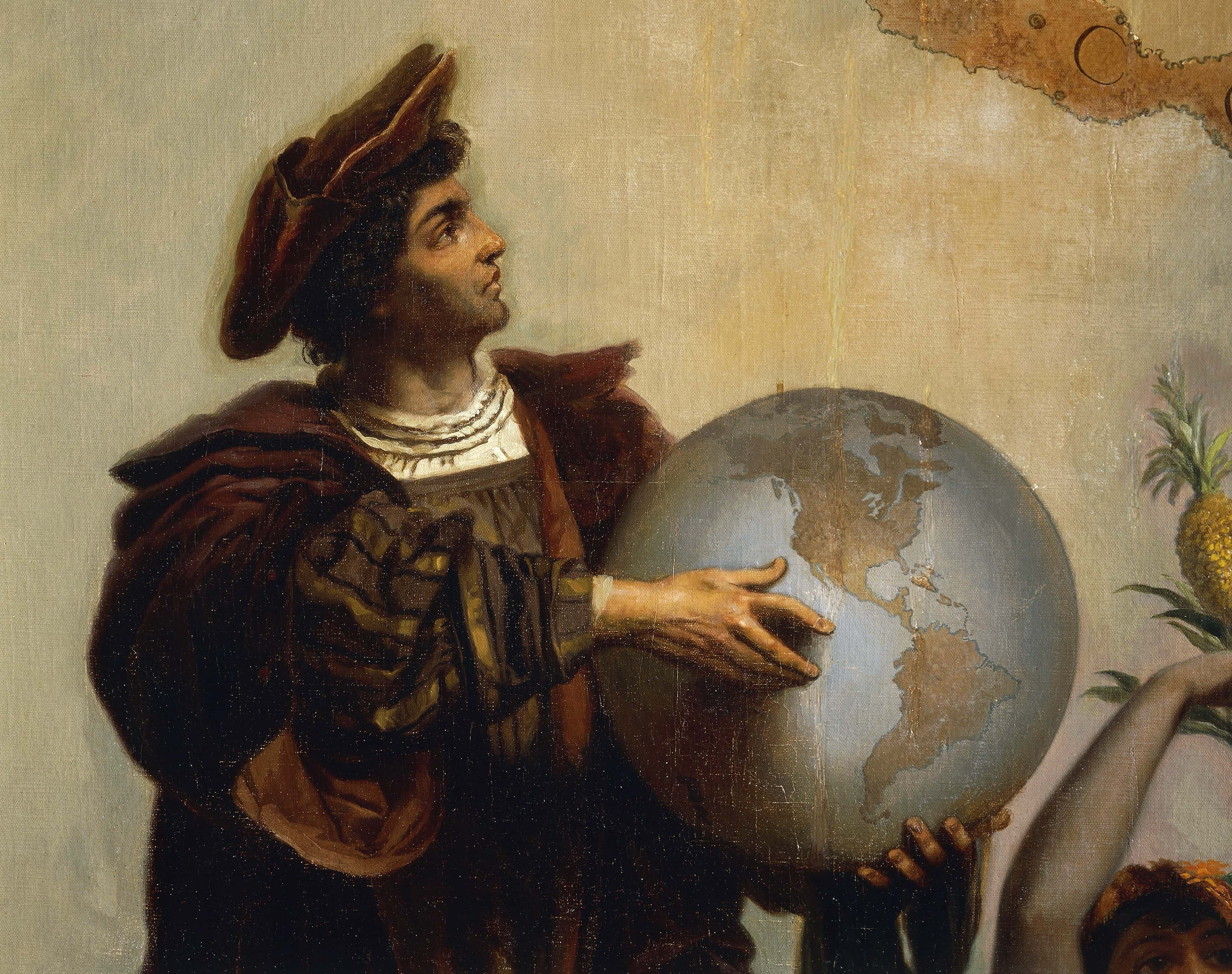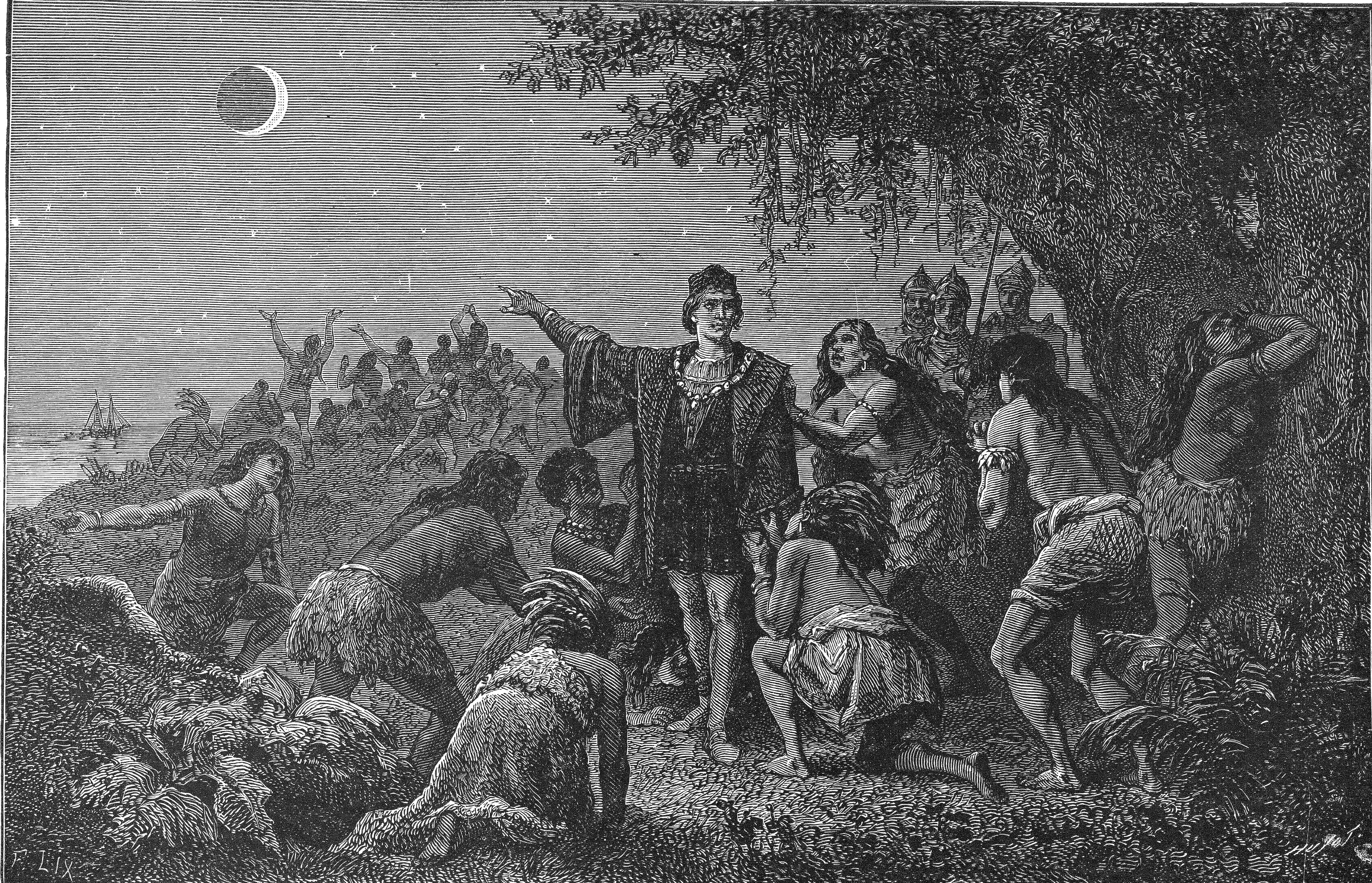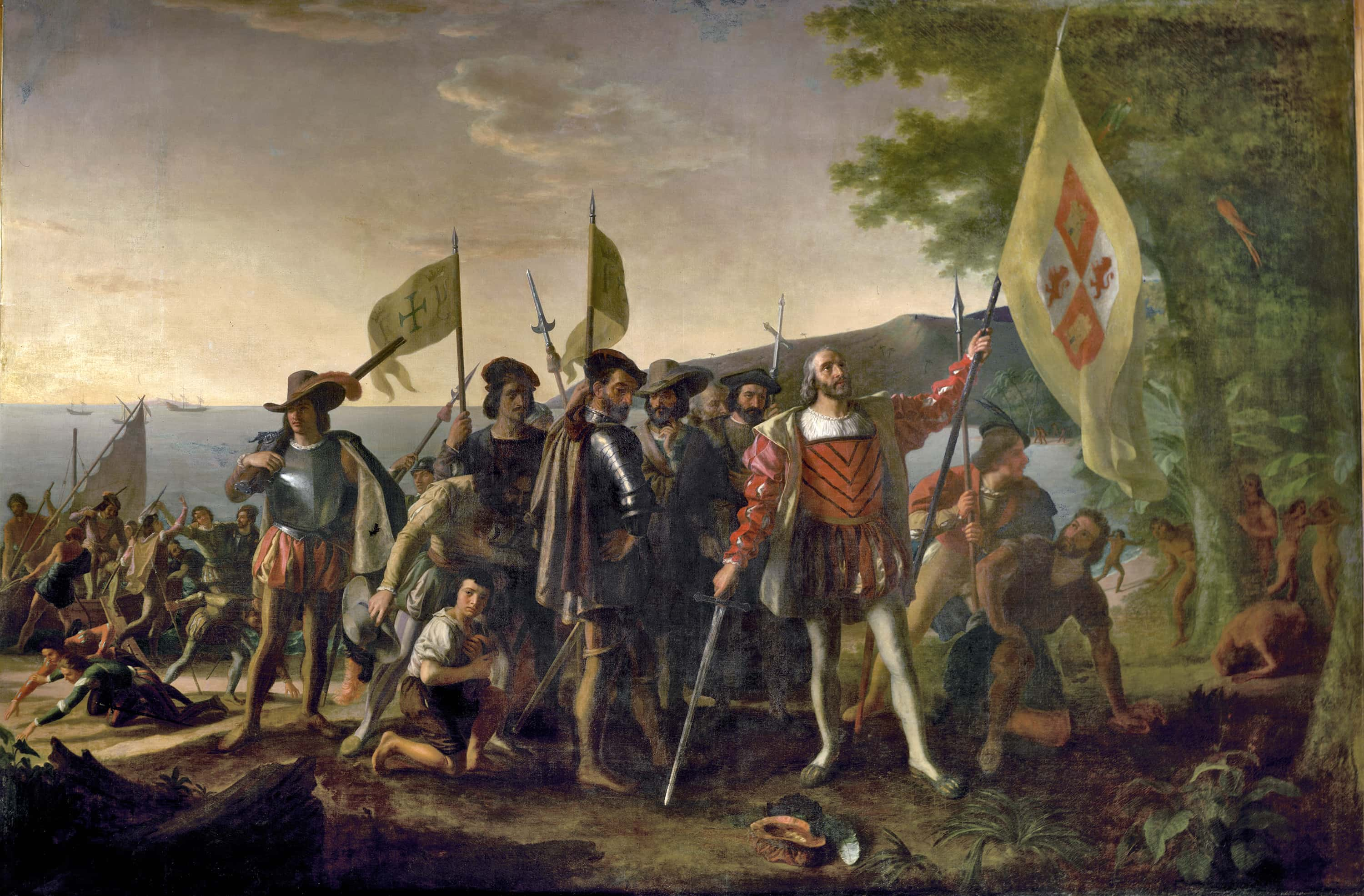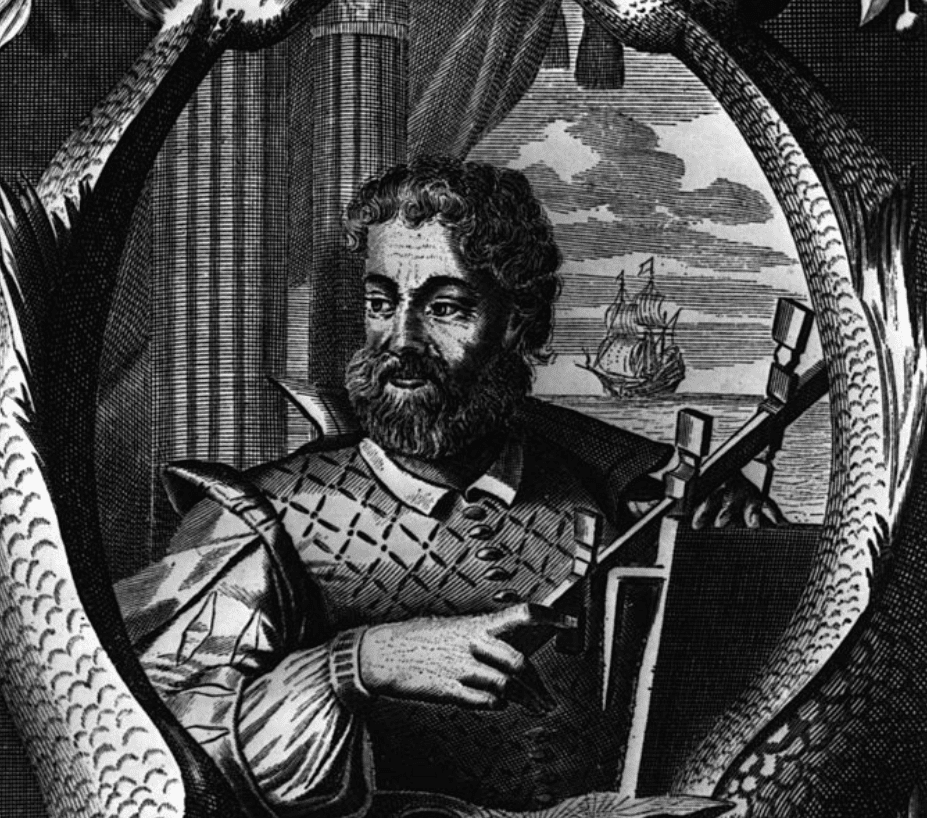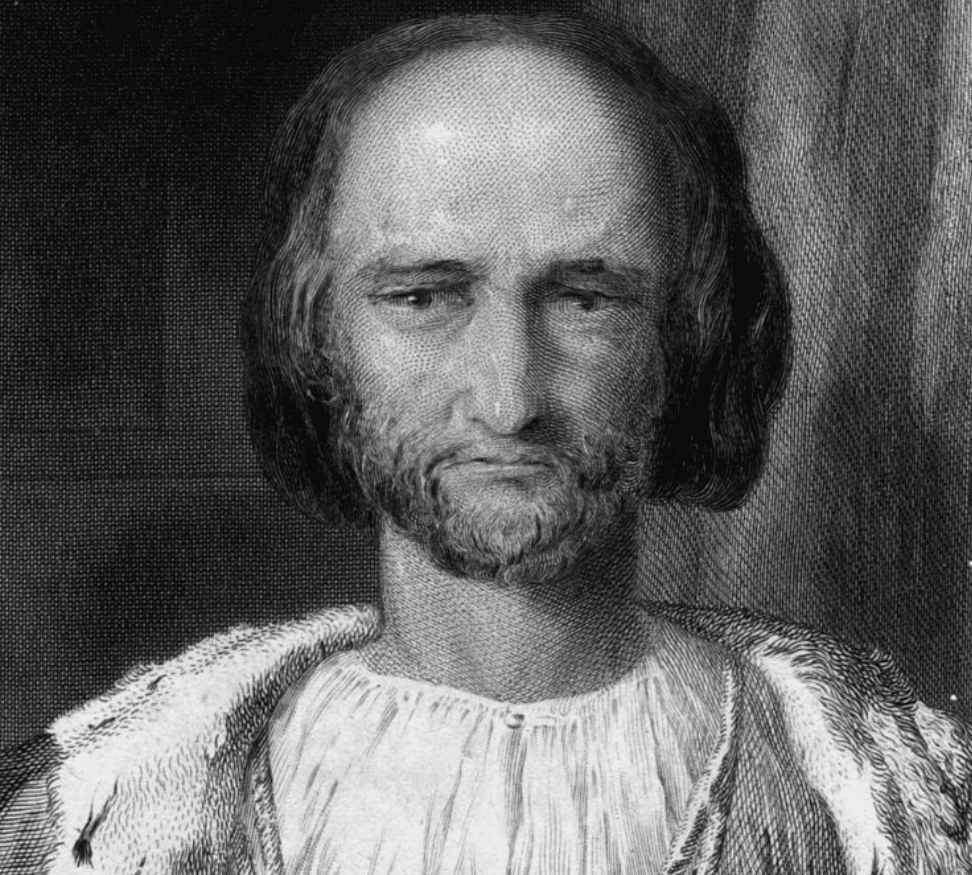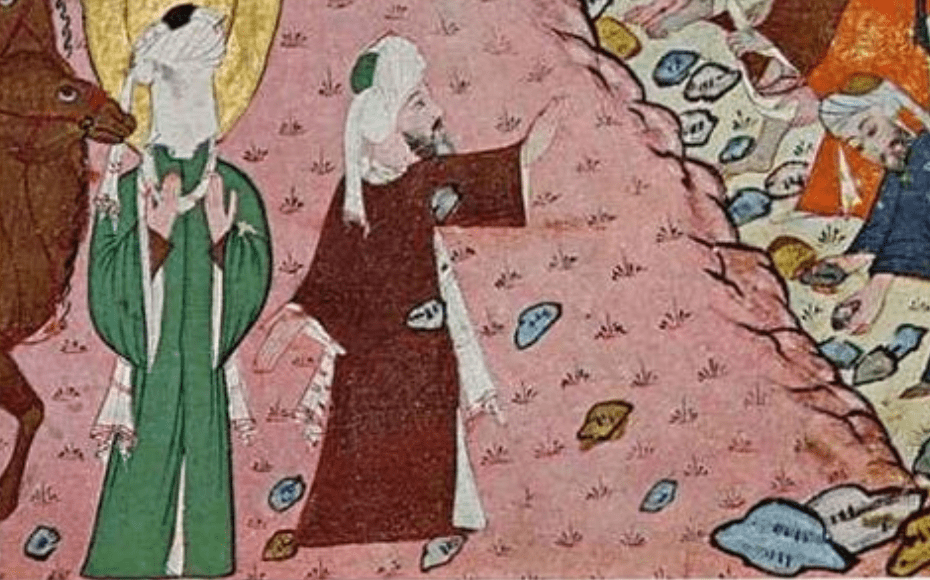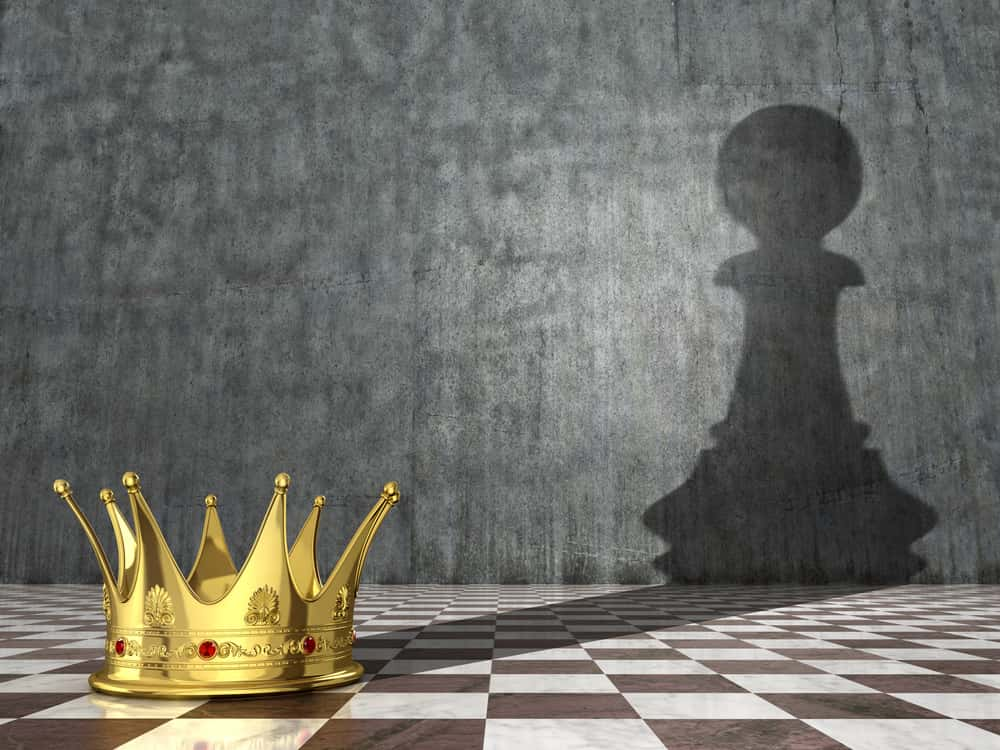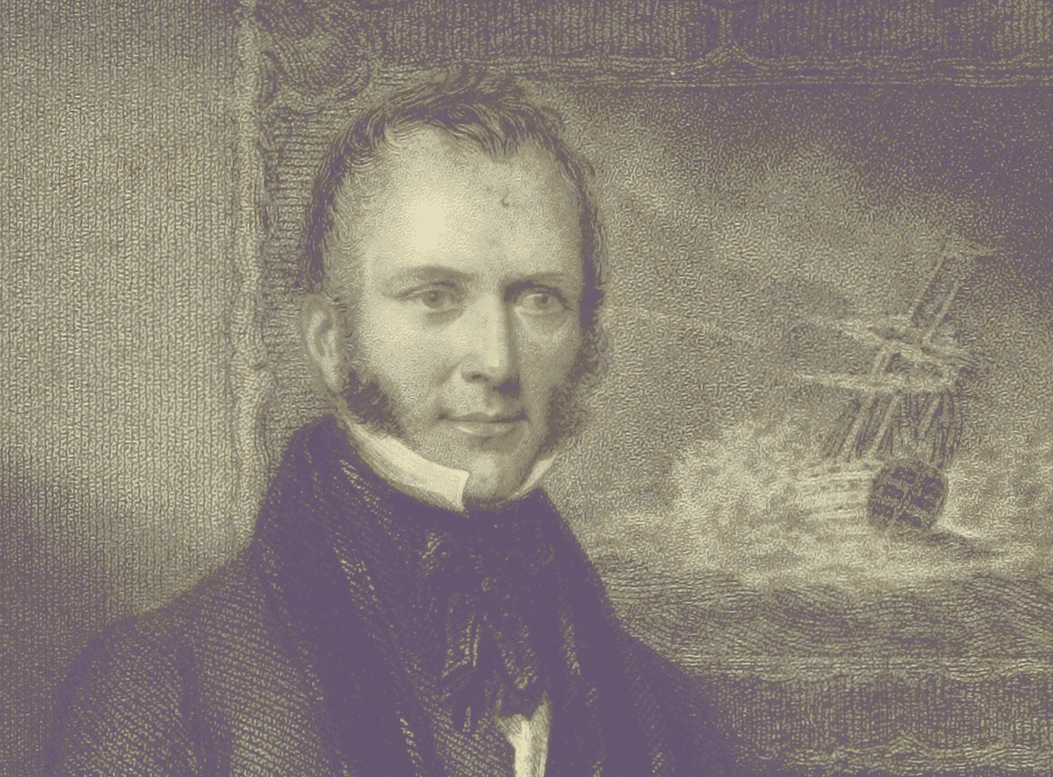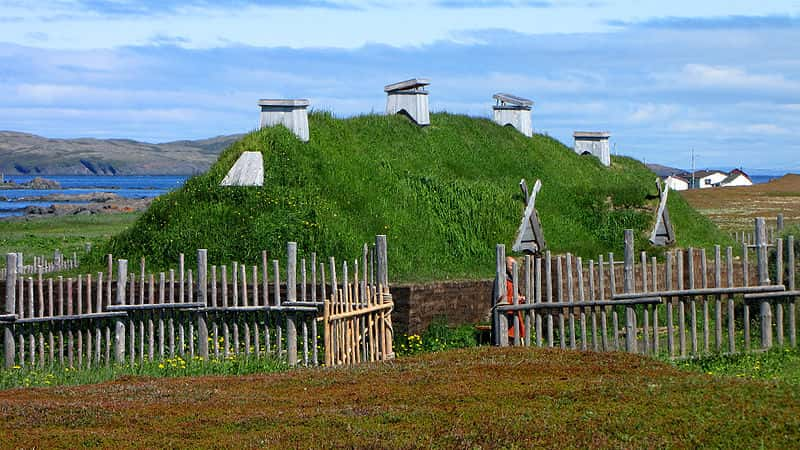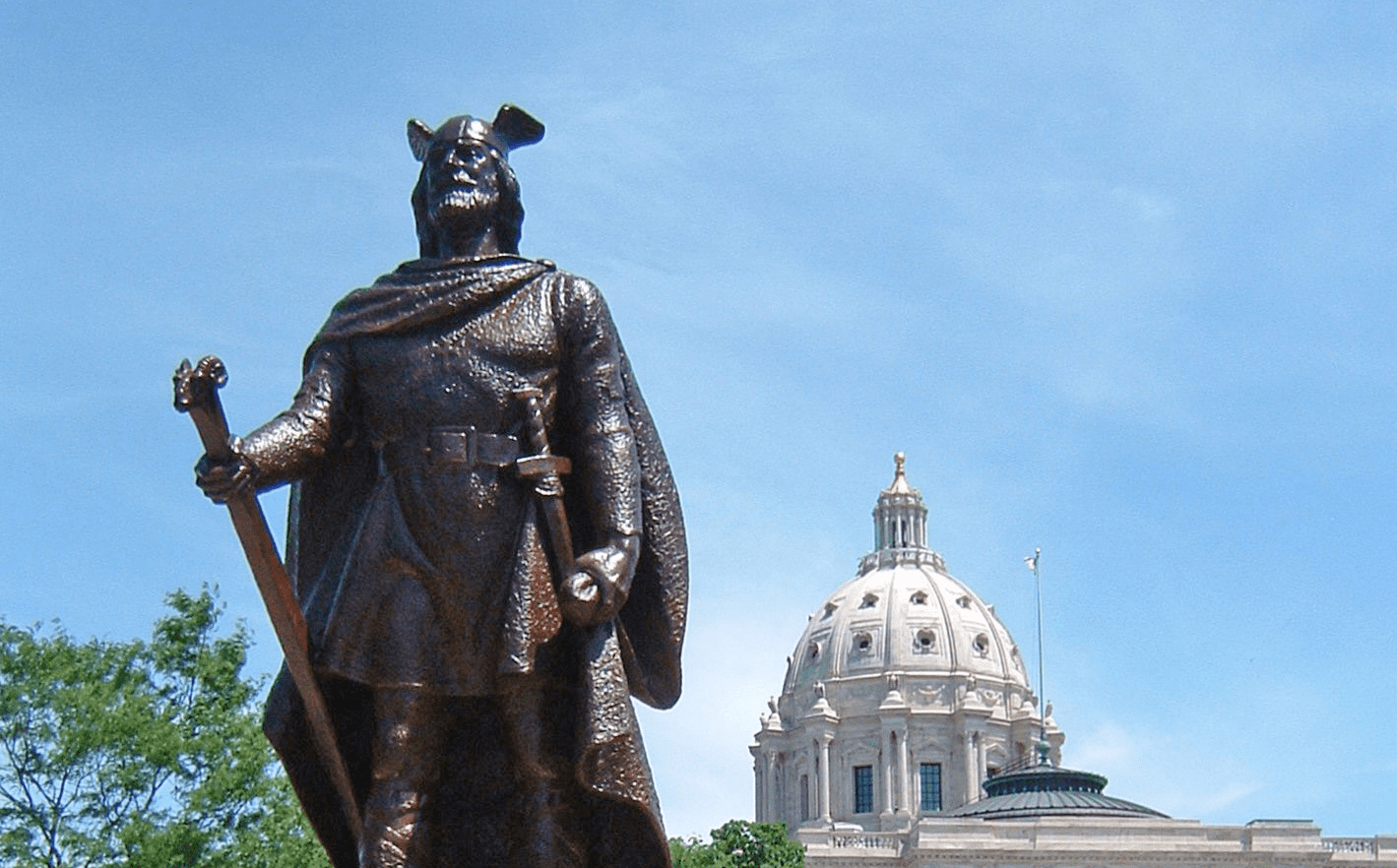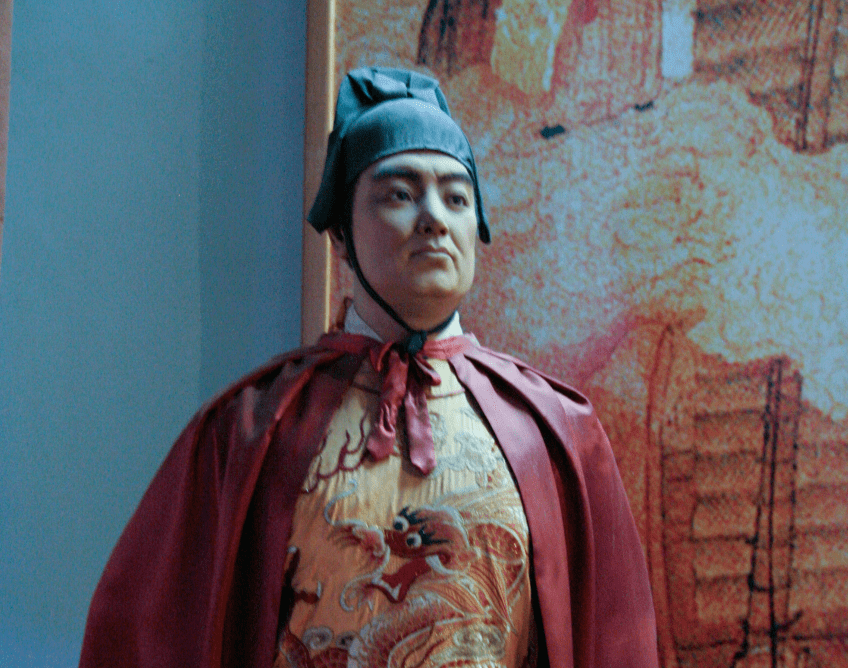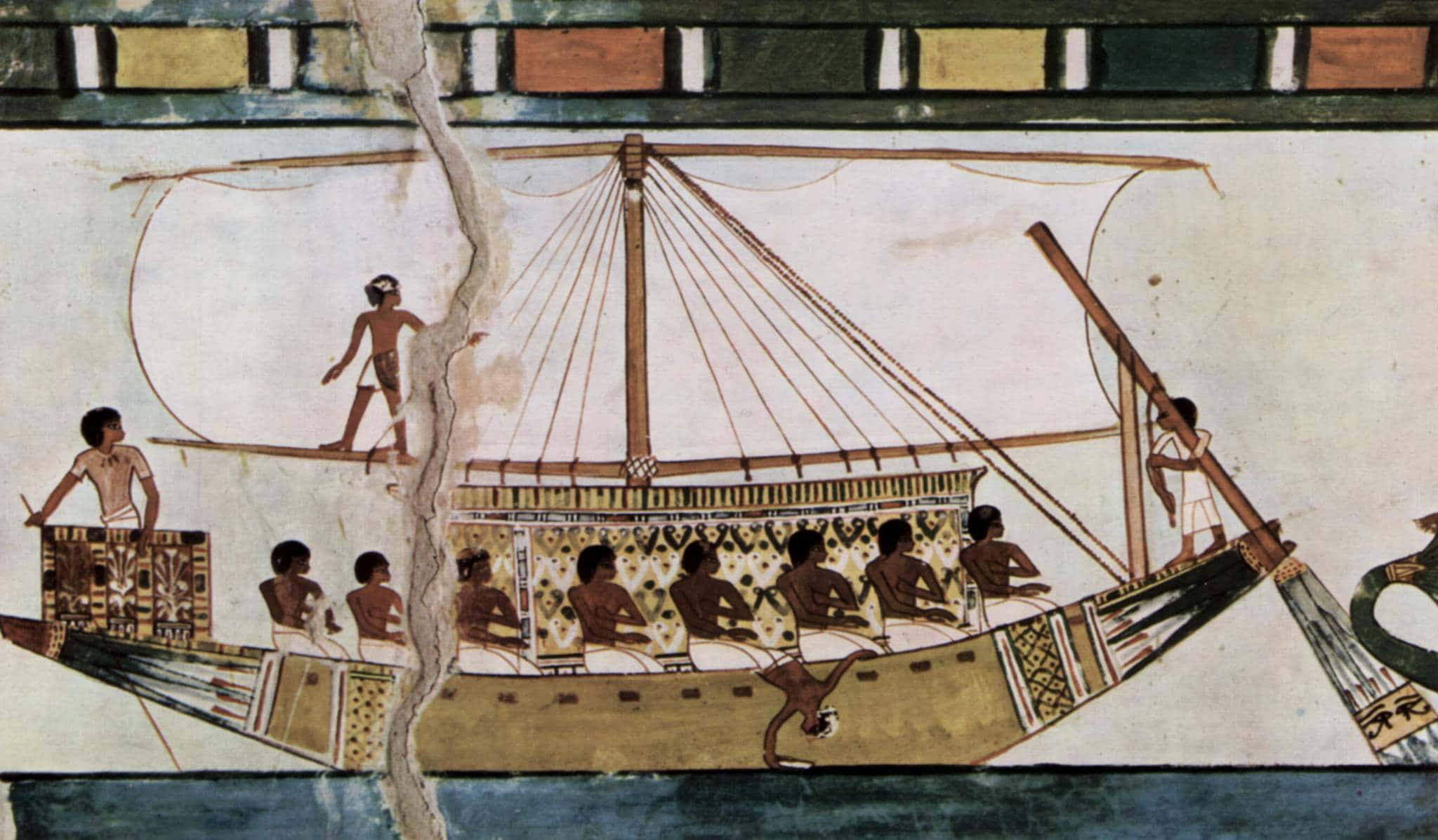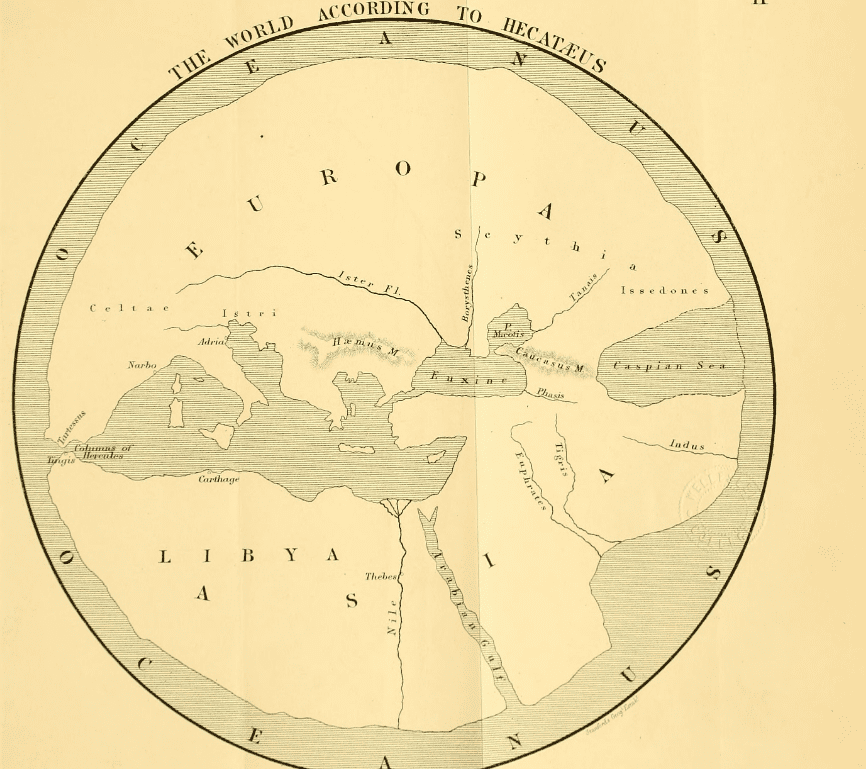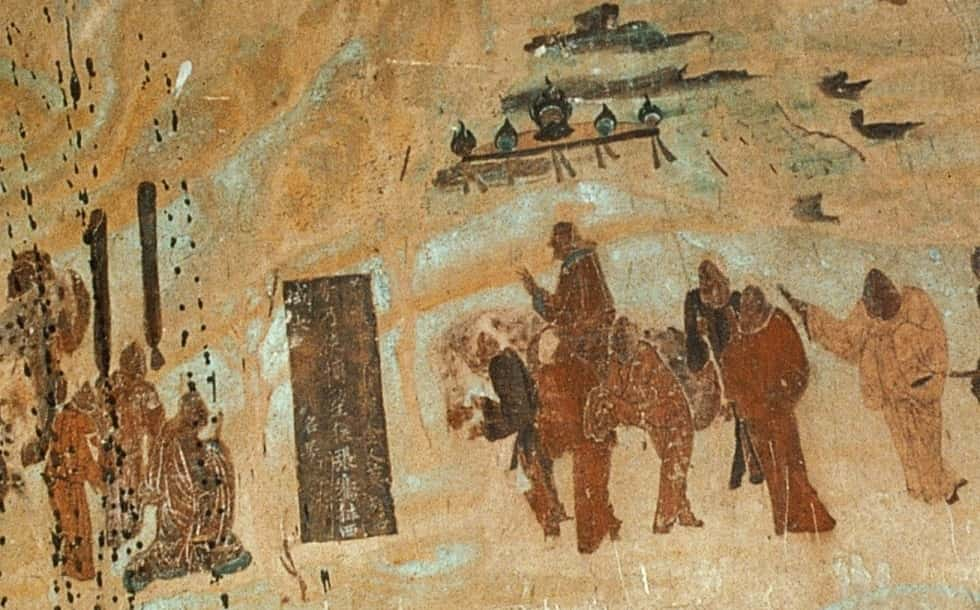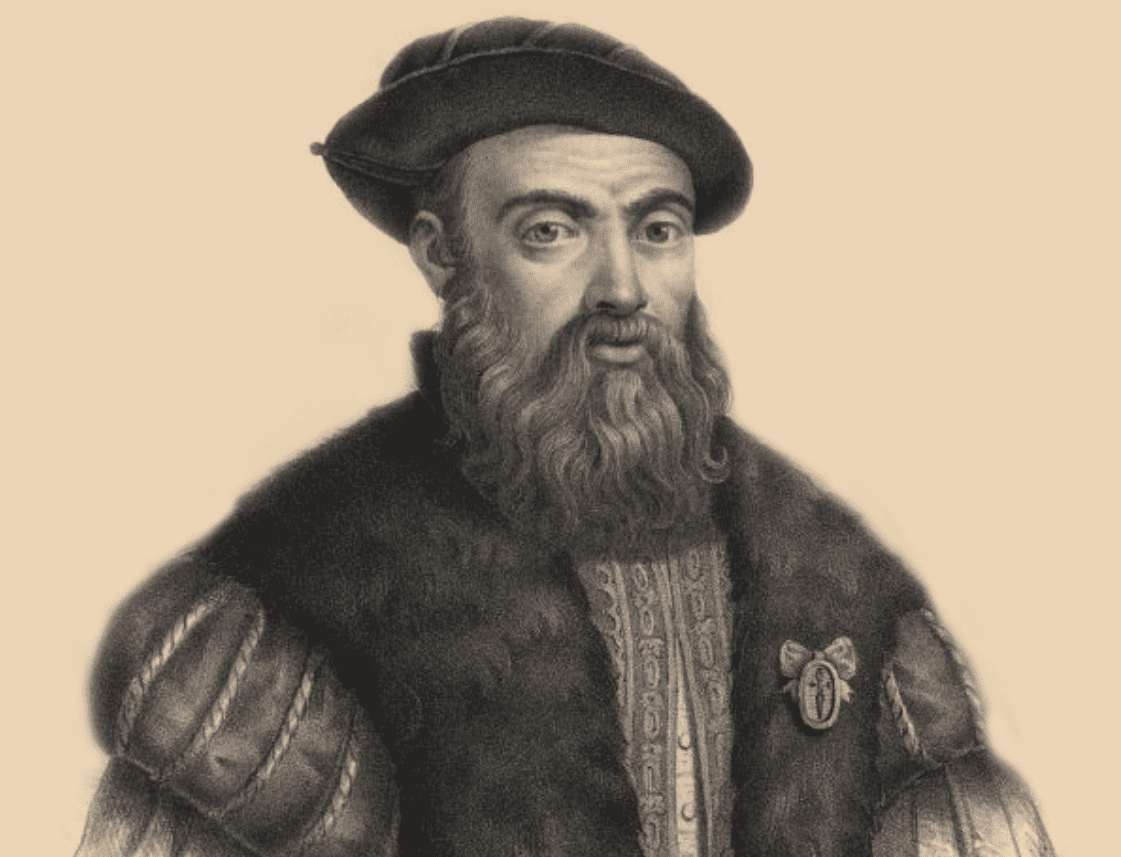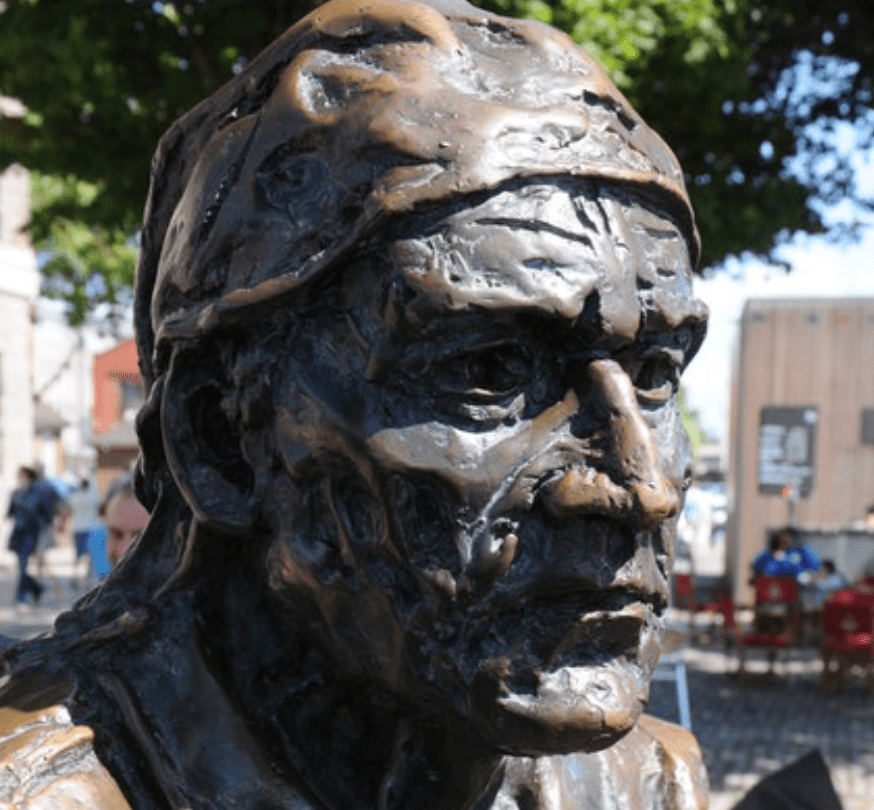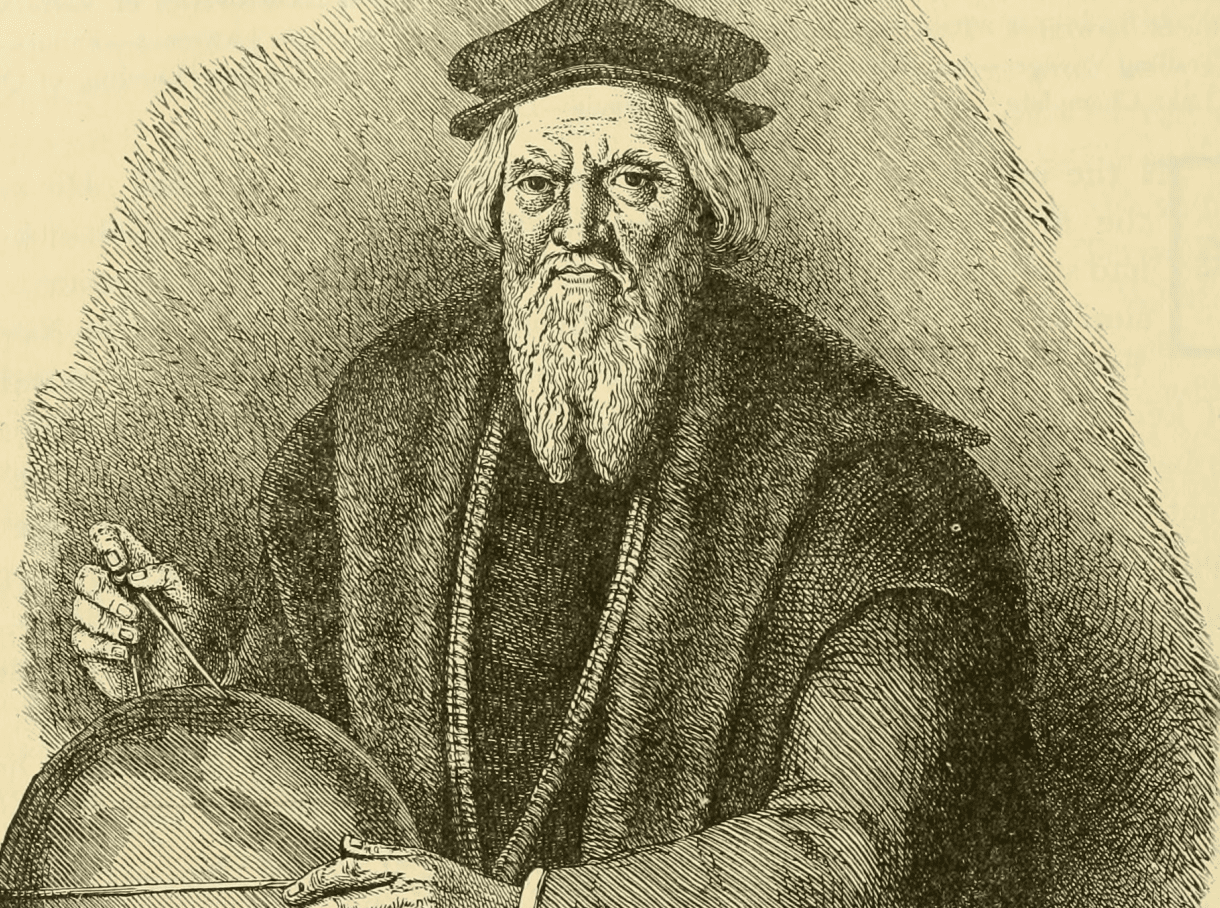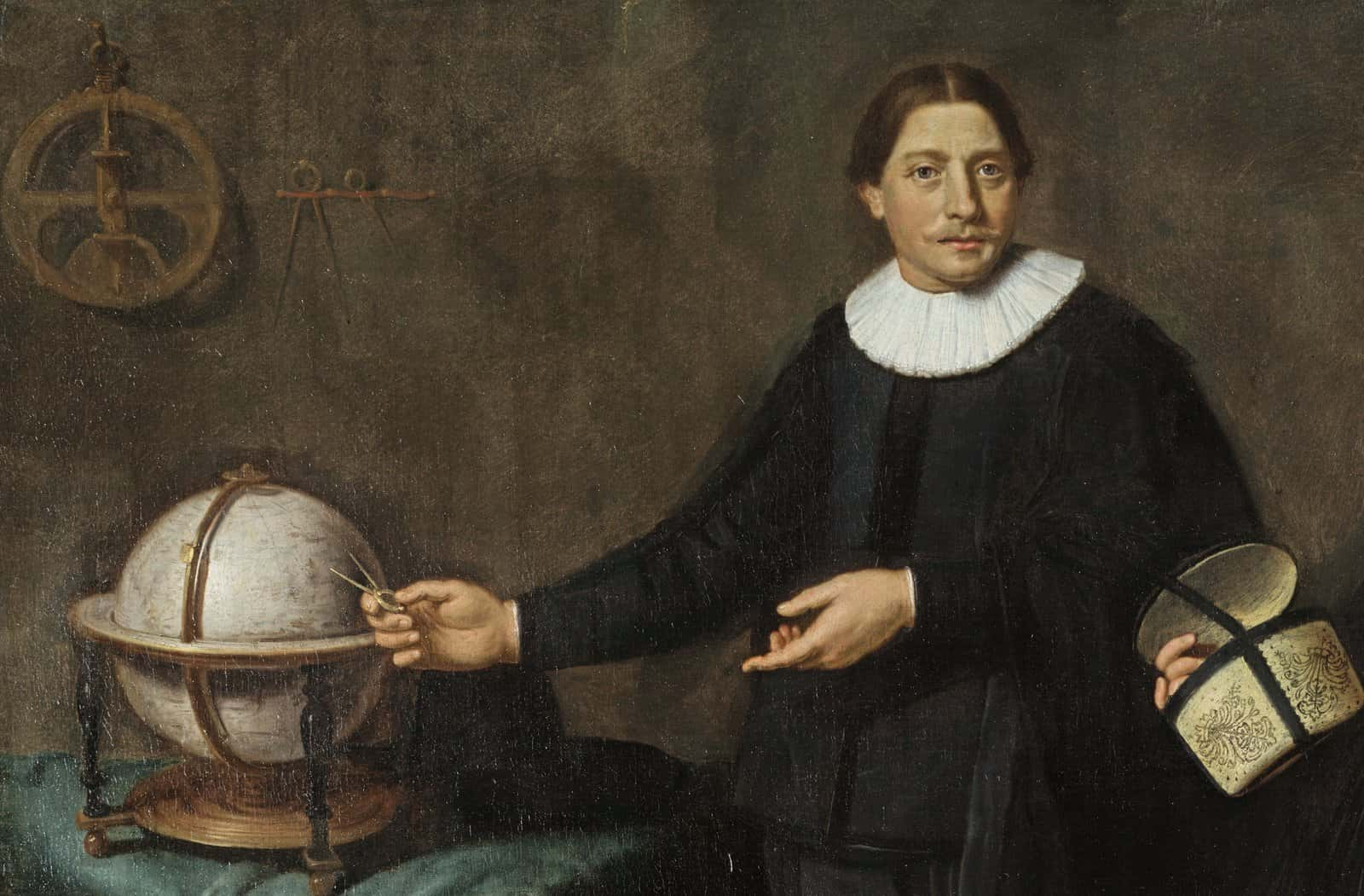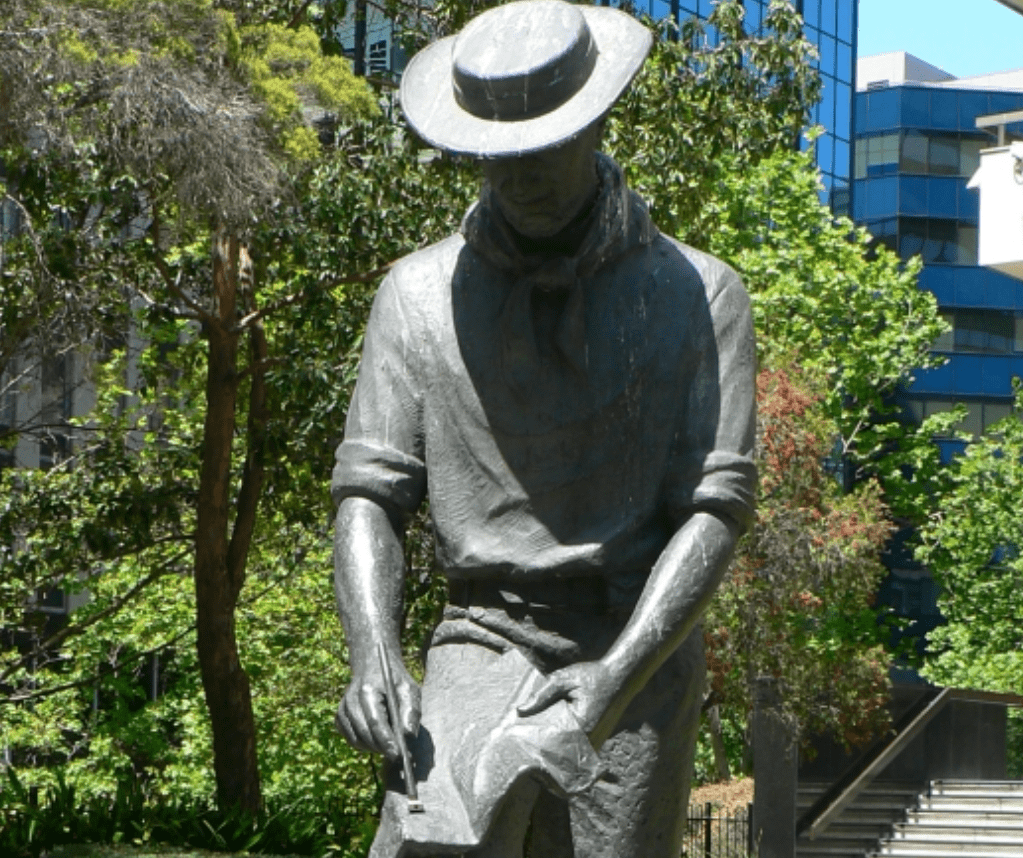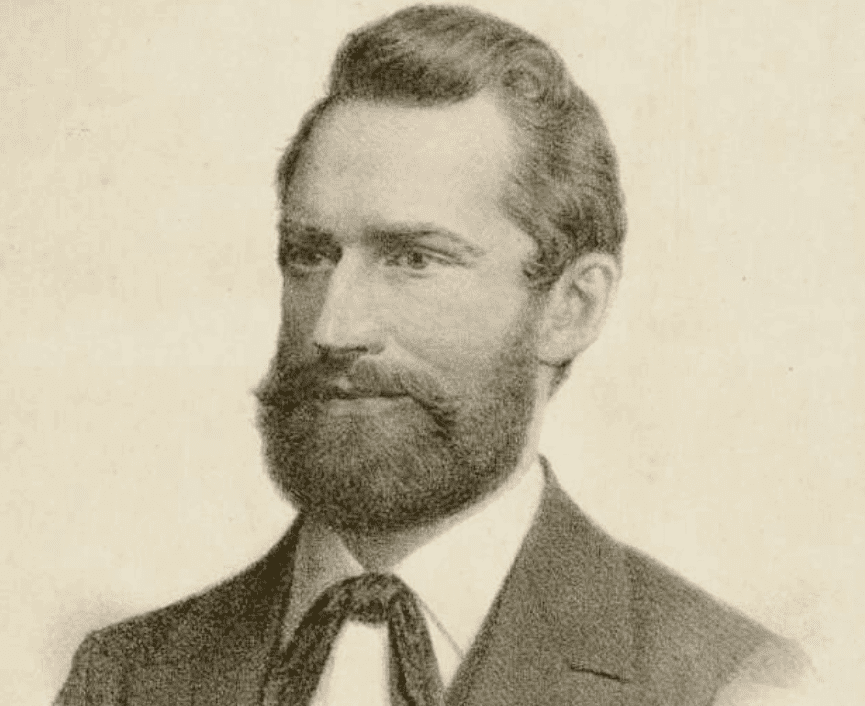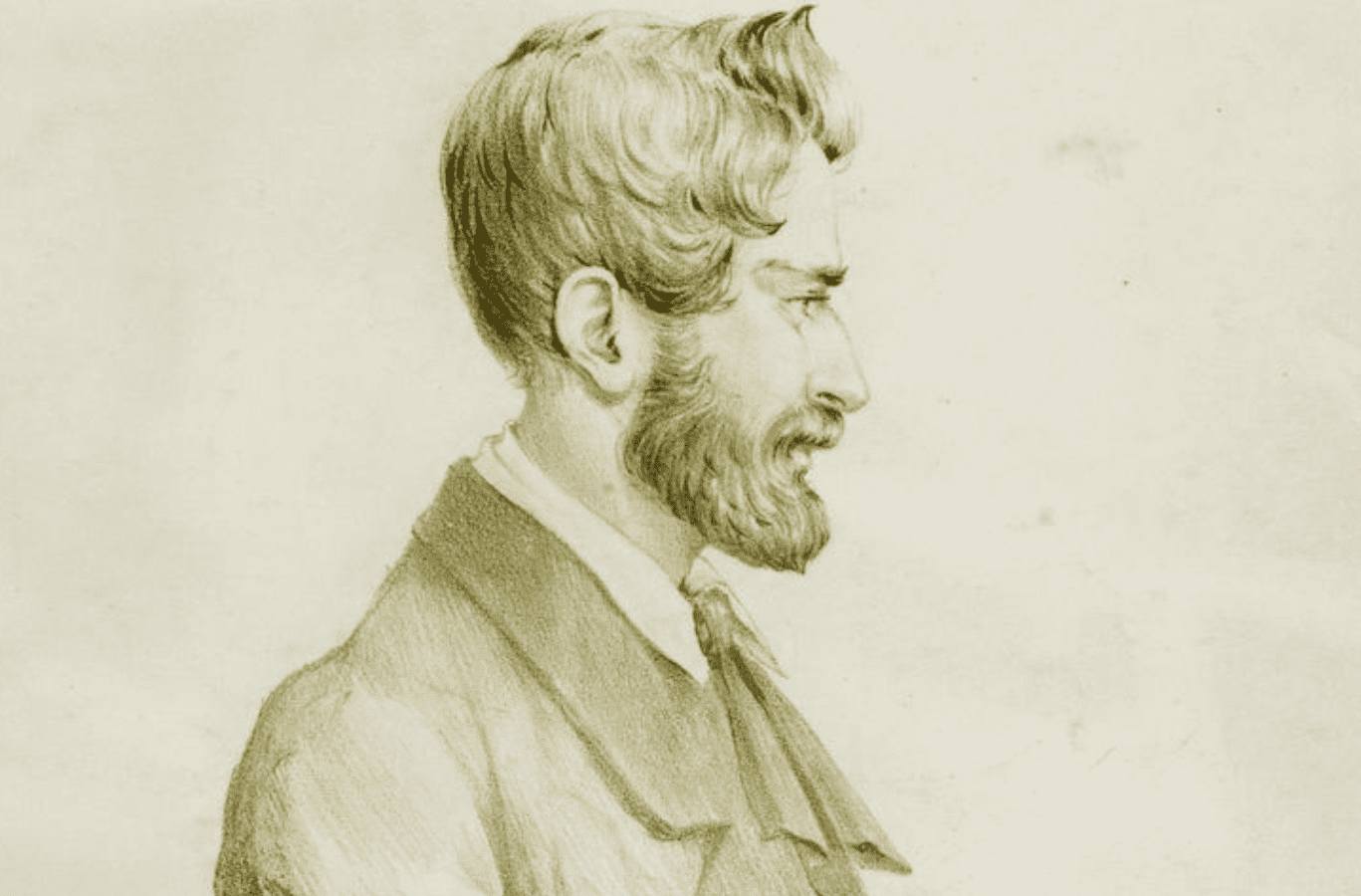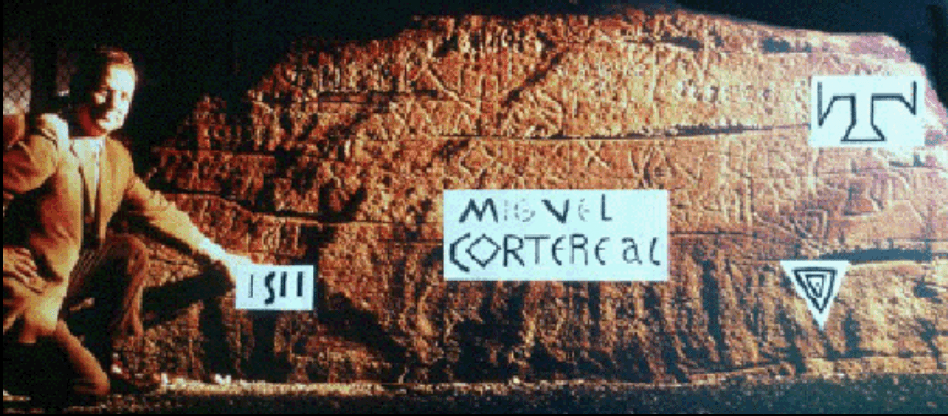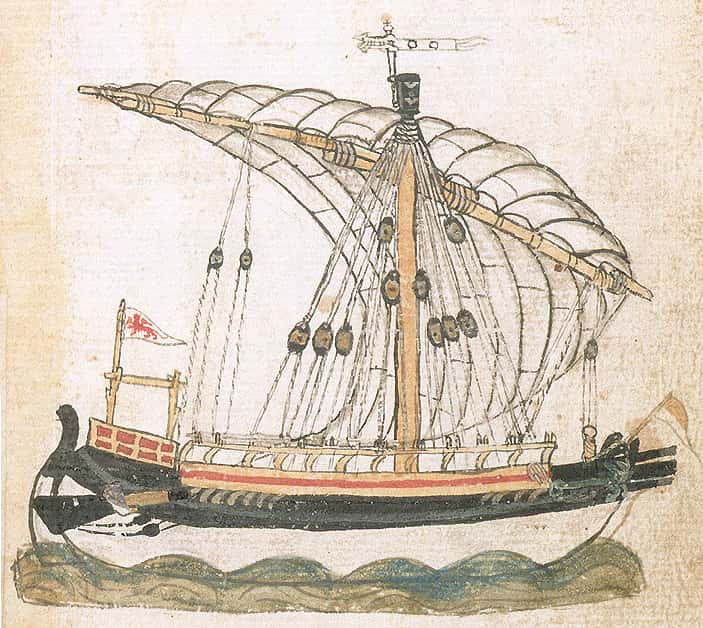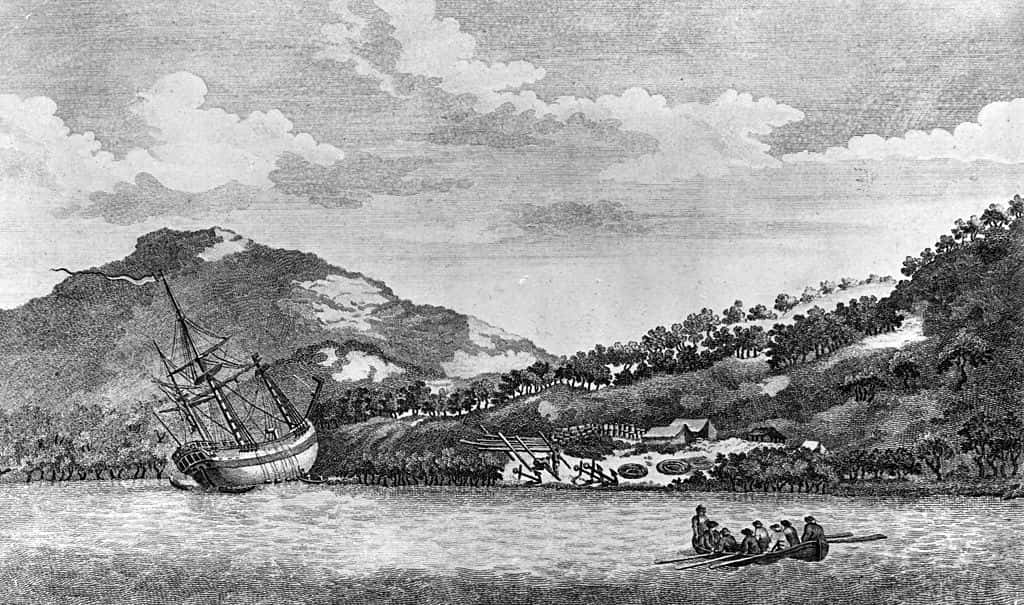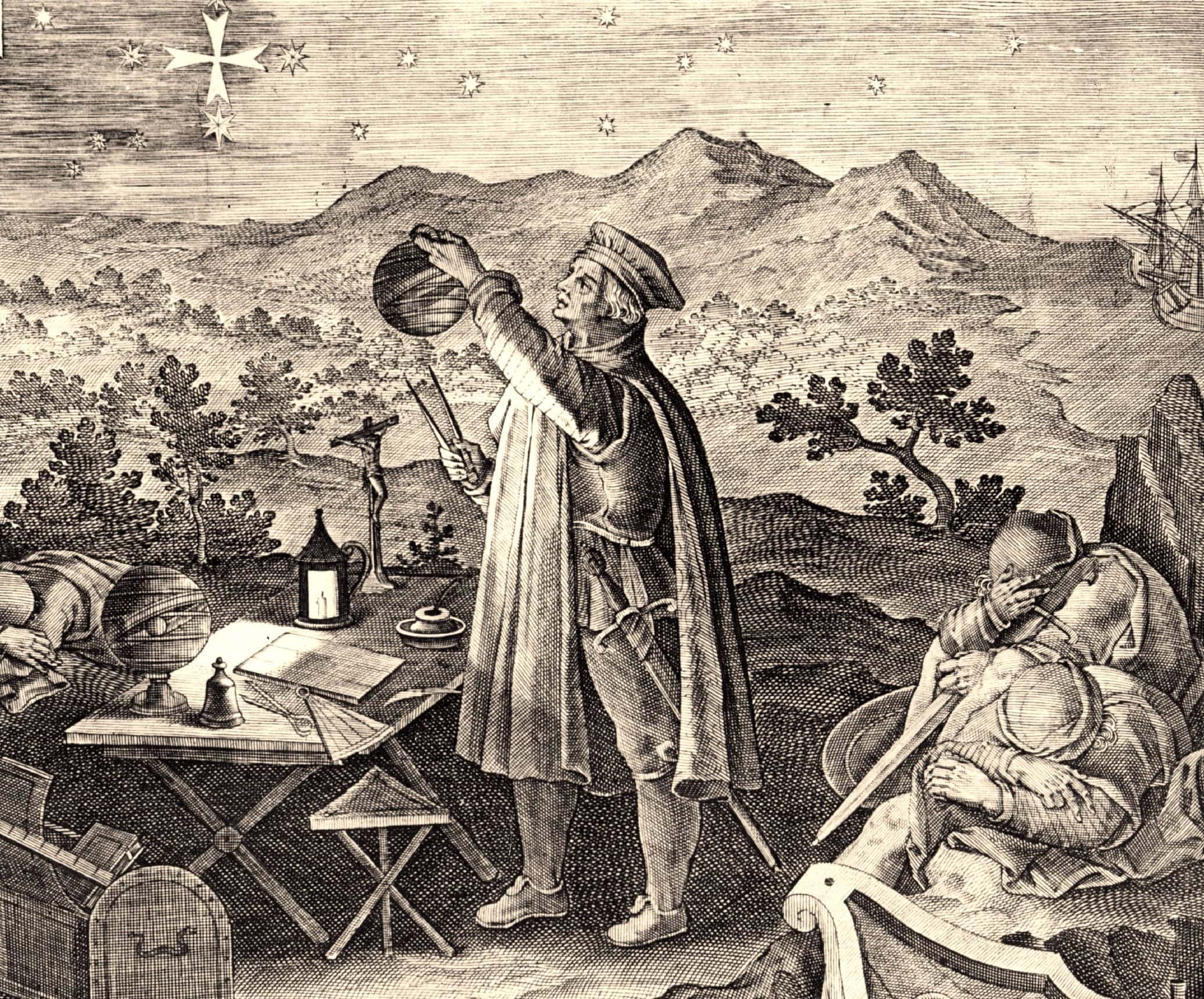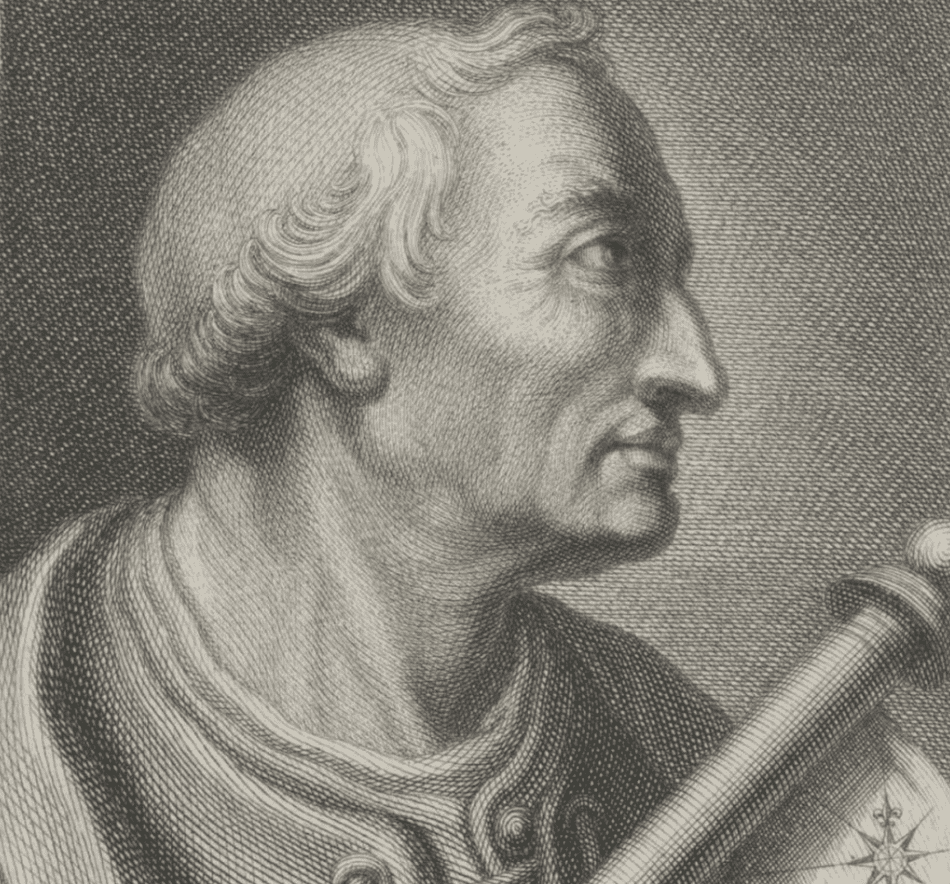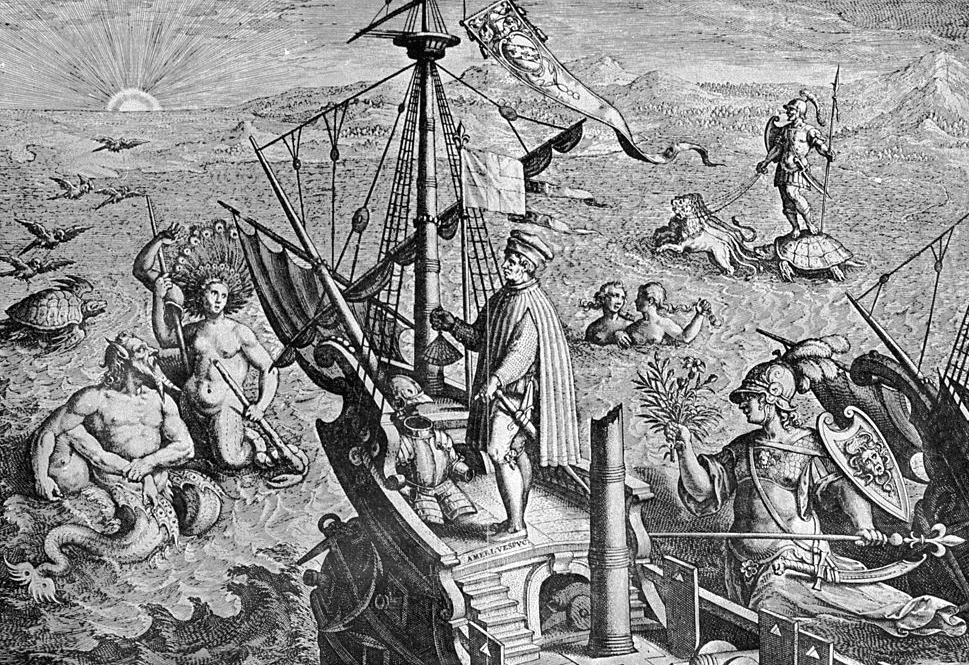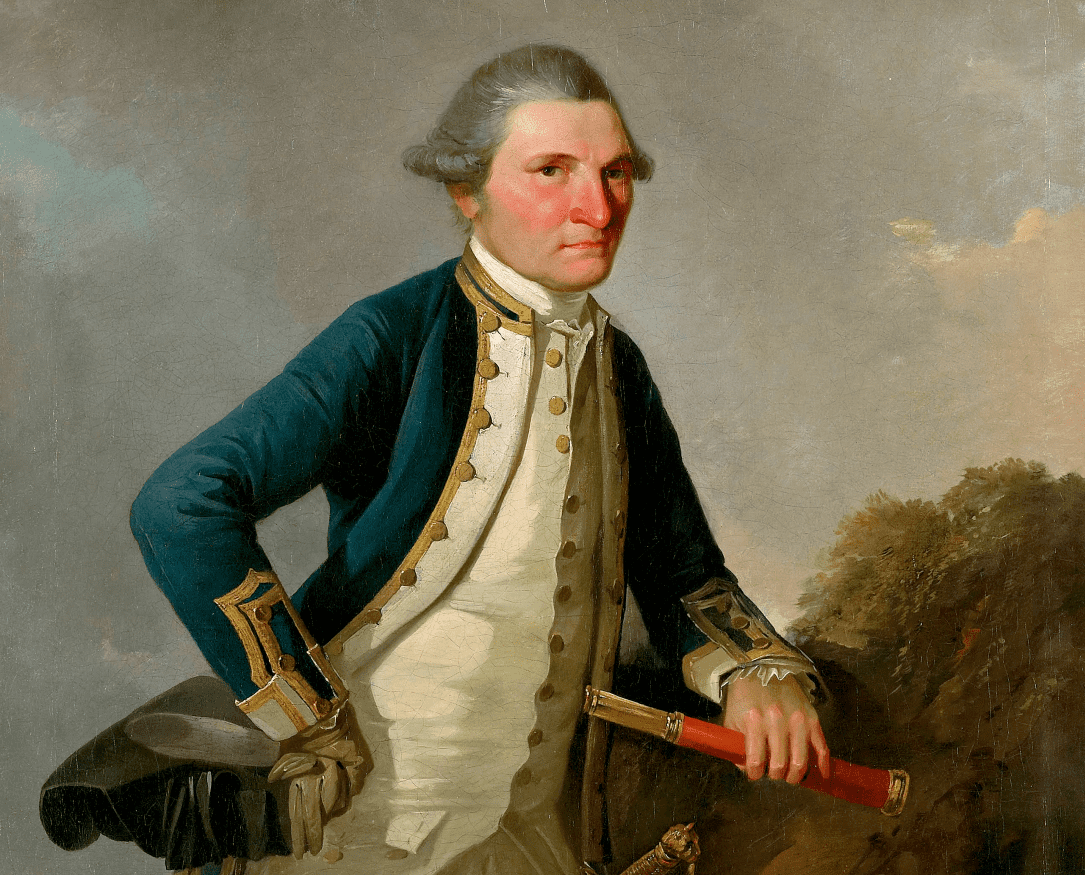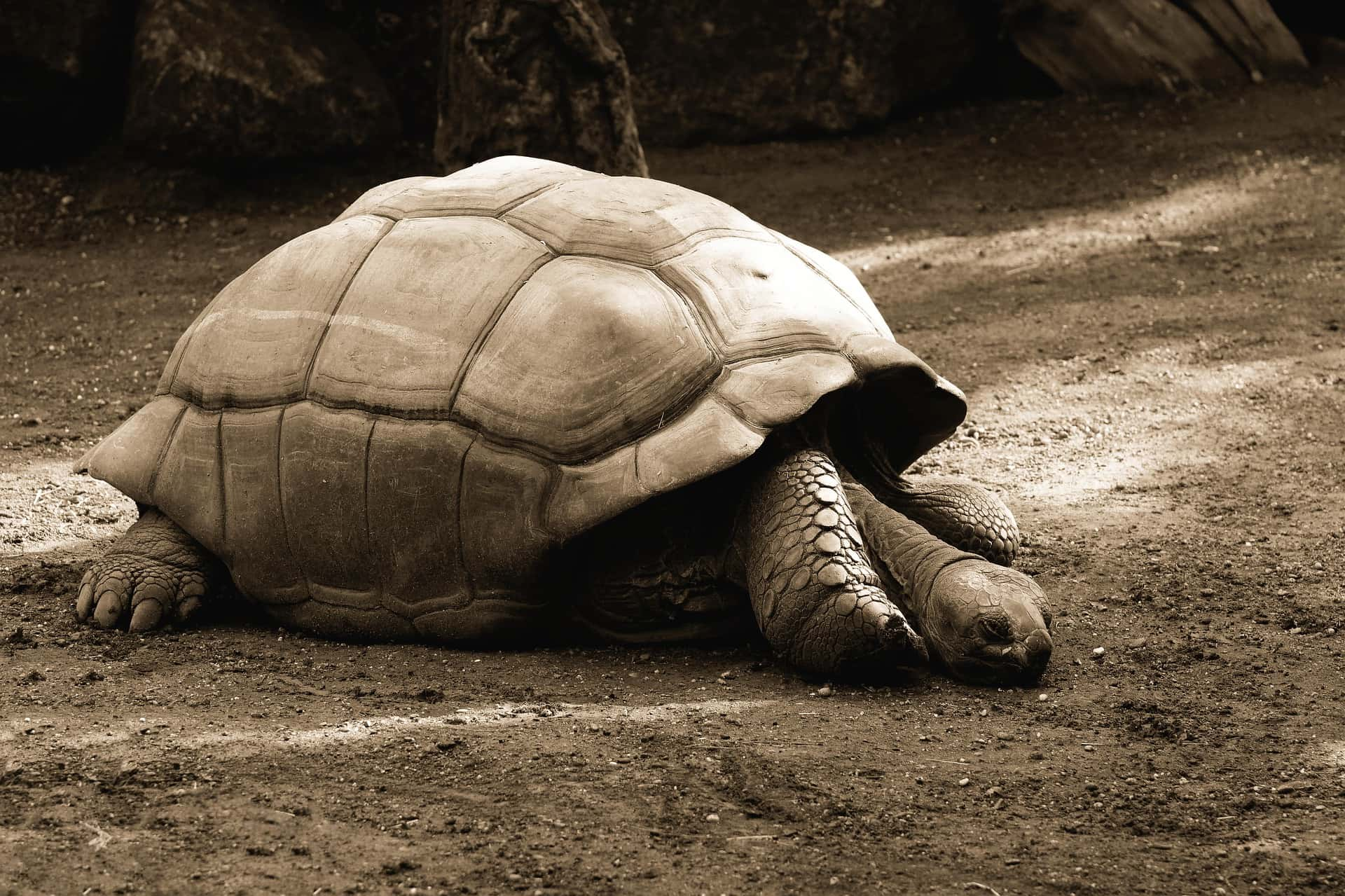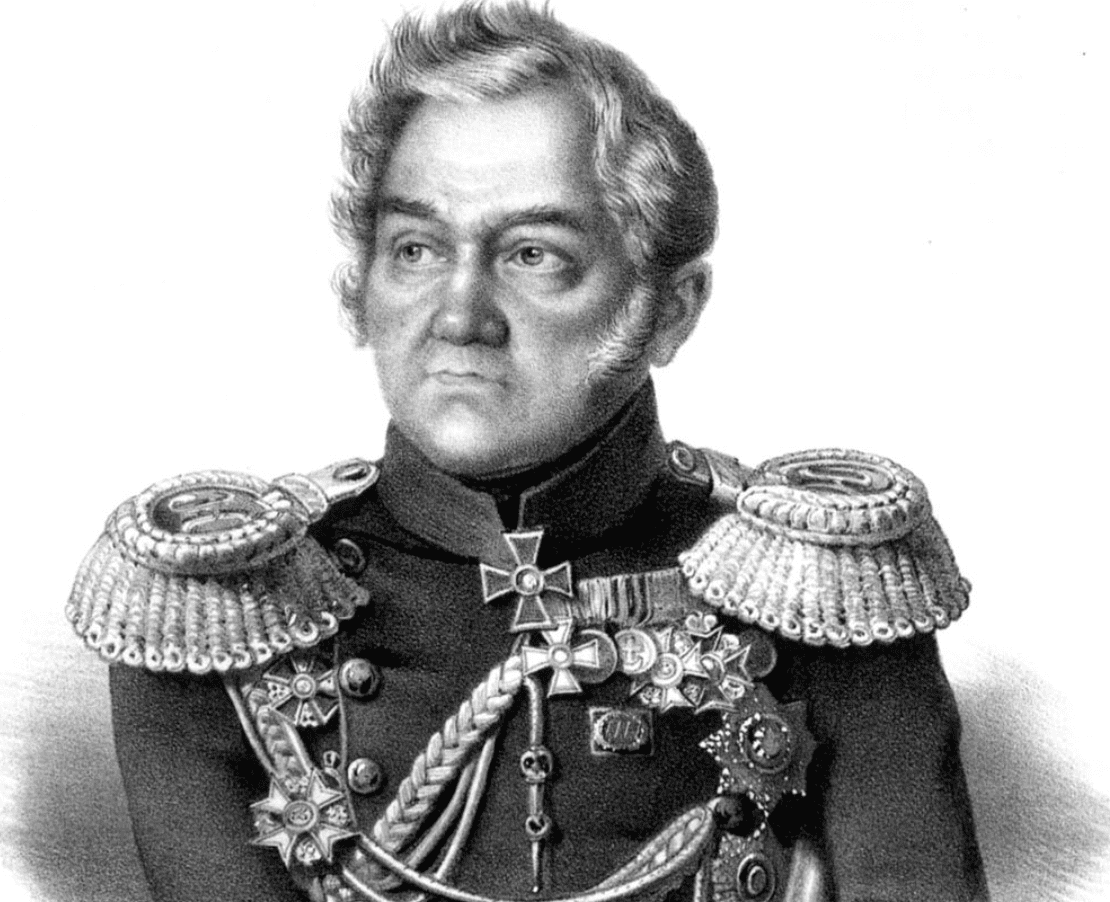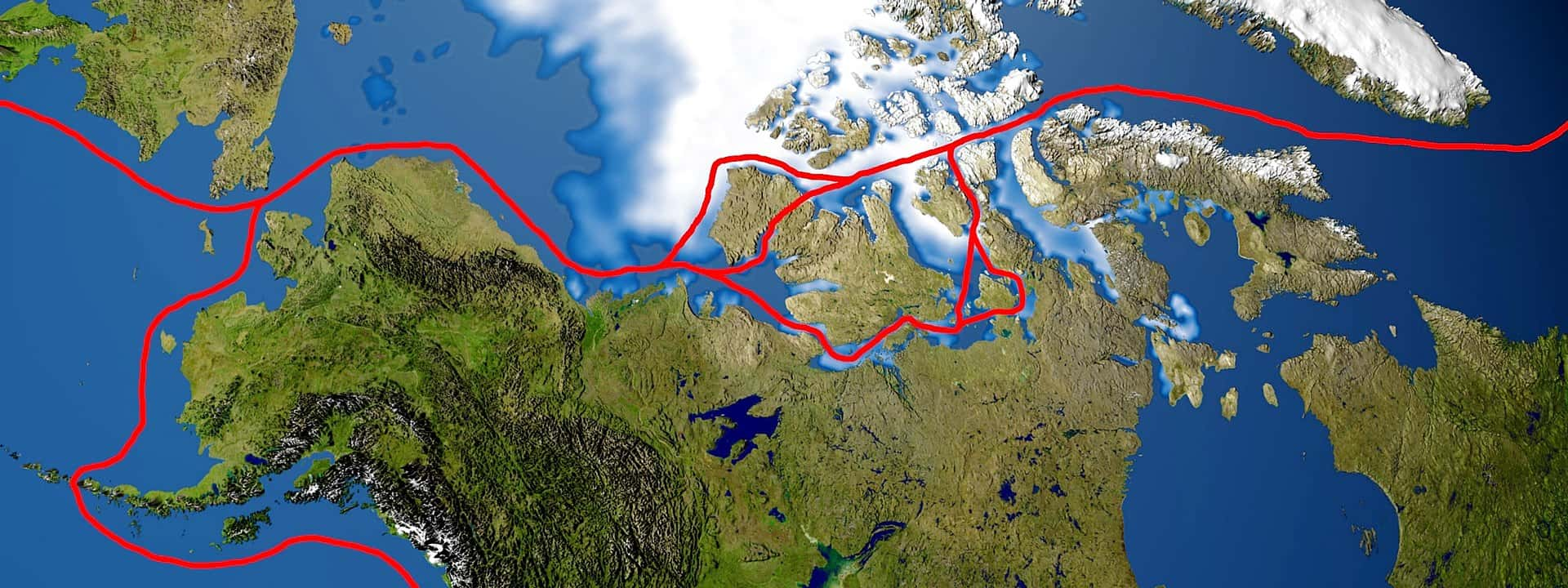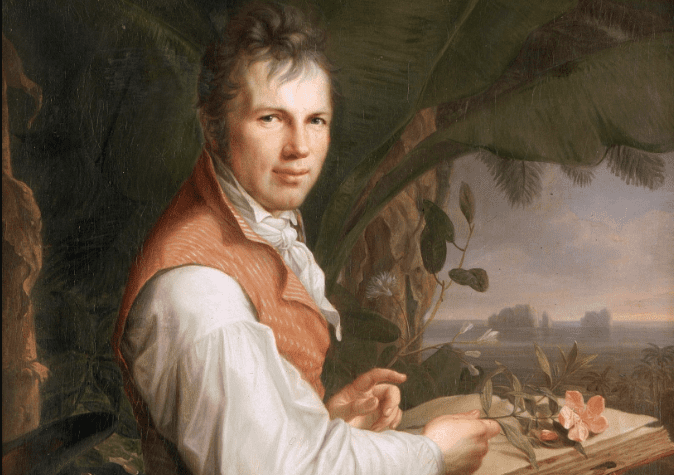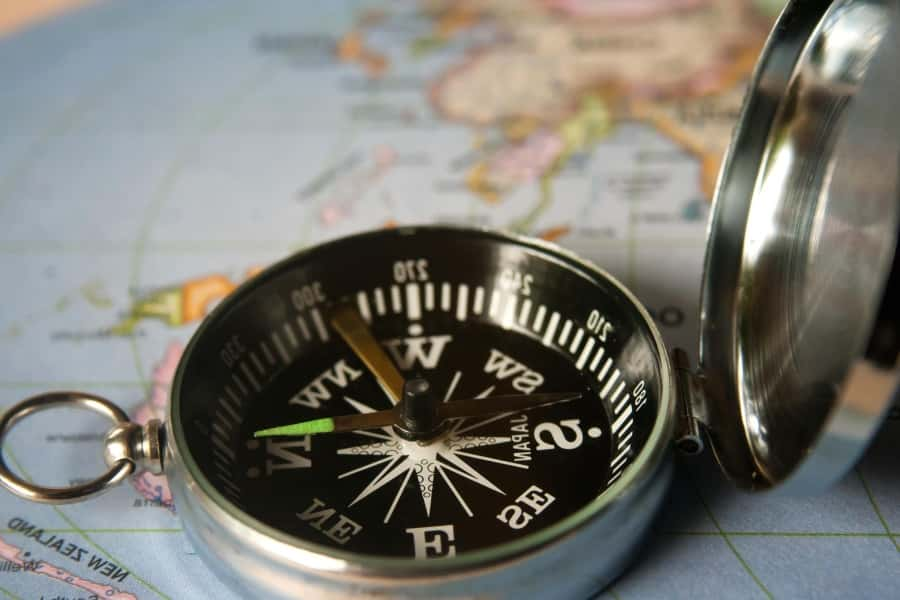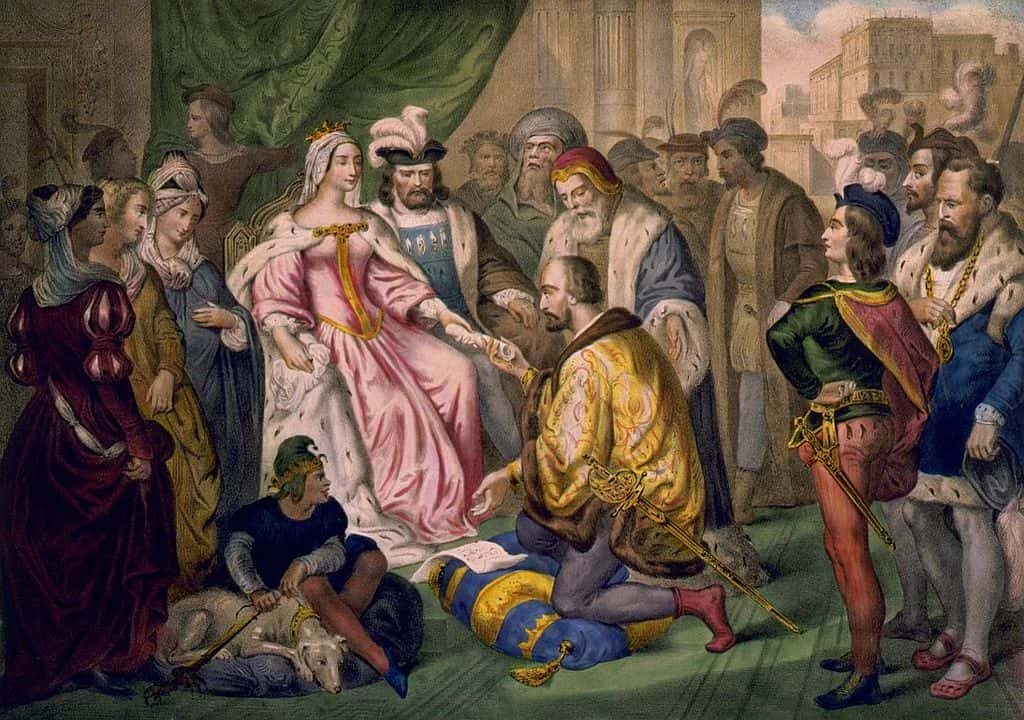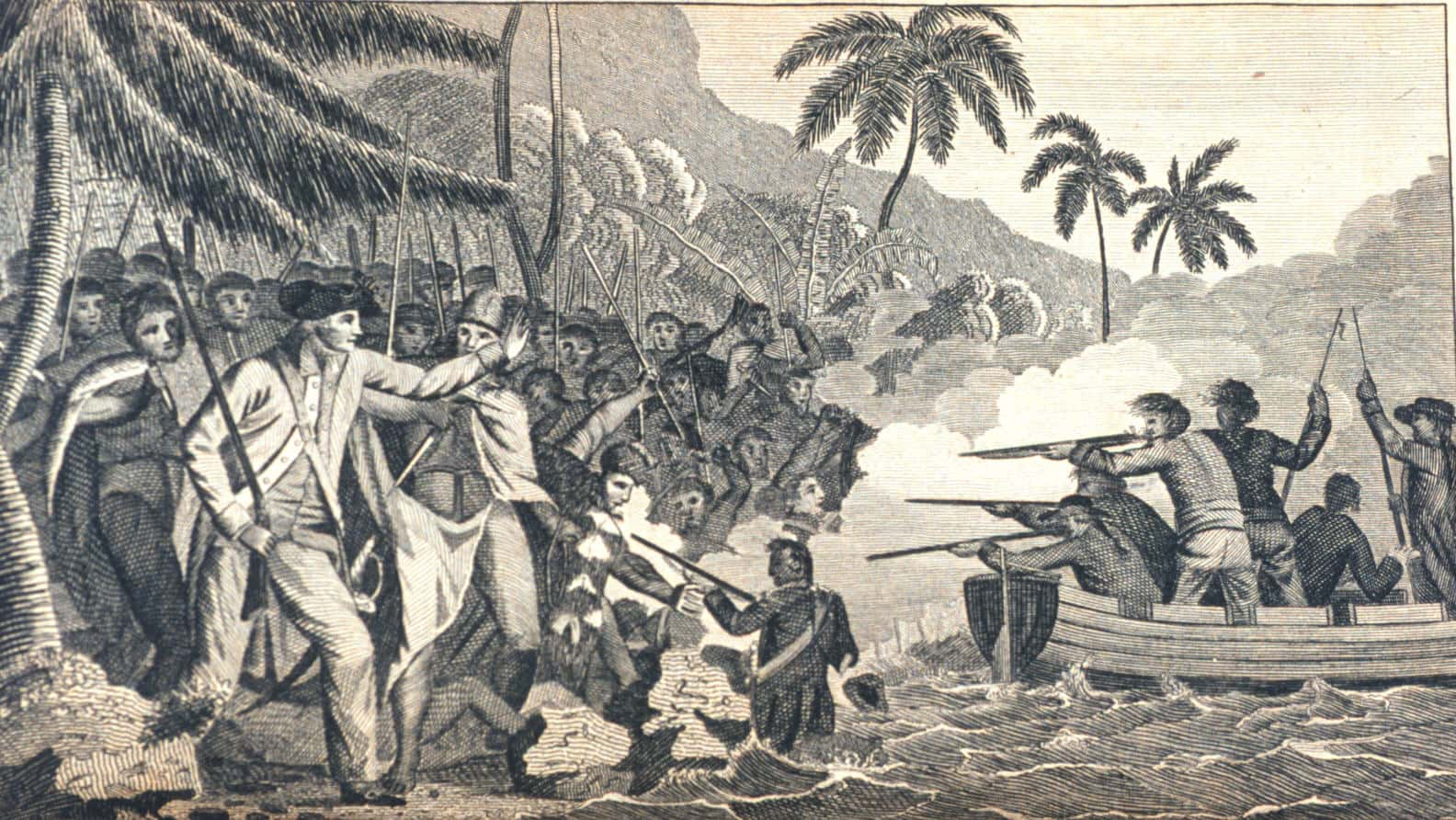“To boldly go where no man has gone before.”
Famous as the immortal creed of Star Trek’s Captain Kirk, many people don’t realize British explorer James Cook actually wrote those words first (or a version of them, at least). The motto has resonated through the centuries because it speaks to the force driving all humans to discovery. Famous explorers all had their own motives—scientific curiosity, religious zeal, personal greed—but their contributions helped connect the entire world. Here are 42 adventurous facts about some of the most remarkable explorers the world has ever seen.
Explorers Facts
1. Flat Earth Theory
Let’s start with perhaps the most famous explorer of all time: Christopher Columbus. Contrary to the popular myth, Columbus was not trying to prove the earth was round. Everyone already knew that. Rather, he hoped to find a western passage which would make trade between Europe and Asia easier.
2. Rejected
Columbus was famously backed by Spain in his “discovery” of the New World; Columbus’s success would make Spain the most powerful kingdom of Europe for centuries after. England, Portugal, and France must have been kicking themselves, though: all three nations turned Columbus away before he sought funding from the Spaniards.
3. Geography Lessons
In fairness to those other three countries, based on the evidence they had, they were right to not invest in Columbus. Spain likely wouldn't have either, had the king and queen listened to their top advisors. Columbus had severely miscalculated the circumference of the earth—a fact obvious to just about every expert at the time—and likely would have perished had he not stumbled across the Americas.
4. Glory Hog
It probably goes without saying that Columbus was…well, kind of a jerk. Setting aside the major stuff, this one example stands out. When one of Columbus’s crewmen first spotted land on October 12, 1492, he was justifiably excited: not only had he made history, he had also won himself a lifetime pension from the Spanish Crown for being the first to see the “New World.”
Upon hearing the news, however, Columbus stated that actually, he had spotted land hours earlier, and just chose not to tell anyone, thereby taking the pension for himself and depriving the crewman of his proper reward.
5. What a Trial
Towards the end of his life, Columbus tried to sue the Spanish government, claiming they owed him 10% of all profits taken from Spanish colonies in the New World. Though Columbus lost his initial claim, his descendants continued to pursue the lawsuit all the way until 1790—nearly 300 years after Columbus’s first voyage.
6. Hidden Message
During his expedition in 1493, Columbus wrote a letter to the king and queen of Spain. The Vatican later received a near-contemporary copy of that letter and they put it on display along with several other 15th century documents. However, someone actually stole the letter and replaced it with a fake in 1934. No one even noticed it was missing for decades, until 2004, when a rare book collector purchased the real letter for close to $1 million.
It wasn't until the collector brought the letter to the Vatican for authentification that anyone noticed the one in their collection was a fake!
7. Out of Africa
Suppose someone else beat Columbus to the punch. According to one 14th century scholar, the Atlantic Ocean may have been successfully crossed by Abu Bakr II, the Mansa (king) of Mali. Curious to see what lay beyond the western waters, Abu Bakr II fitted out a crew and sent them out to explore. When they failed to return, the Mansa decided to take the journey himself.
He abdicated his throne and set out towards the western horizon, but he too failed to return.
8. A Royal Line
While it is possible that Abu Bakr II reached the Americas, no one has ever found proof of it. Modern scholars believe it much more likely that this story provided a convenient explanation for Abu Bakr II’s sudden "disappearance" when his successor, Mansa Musa, took the throne.
9. The Blind Traveller
When illness struck James Holman, a lieutenant in the Royal Navy, blind at the age of 24, the British government offered him a lifetime pension. There was one condition, however: Holman must attend church services twice a day. Holman soon grew tired of this routine and decided, instead, to take up exploring.
Using human echolocation, Holman traveled the entire globe entirely on his own, visiting every inhabited continent.

Sign up to our newsletter.
History’s most fascinating stories and darkest secrets, delivered to your inbox daily. Making distraction rewarding since 2017.
10. Turning Over a New Leif
The 1960 discovery of a Norse settlement at L’anse aux Meadows, Newfoundland, confirmed that Christopher Columbus was not the first European to reach the Americas. The site dates back to around 1,000 AD, and has been linked to the Viking explorer Leif Erikson.
11. Family Business
Leif Erikson was the son of Erik the Red, the Viking who first landed at Greenland a generation earlier. Before that, Erik the Red’s great-great-grand uncle, Naddodd, discovered Iceland. Guess discovery ran in the family!
12. Precious Cargo
The Chinese explorer Zheng He is notable for the sheer magnificence of his voyages. From 1405 to 1433, Zheng He led seven expeditions, establishing trade routes as far afield as western Africa. His impressive “Treasure Fleet” consisted of dozens of ships, with crews of over 27,000 sailors. The biggest ships of the Treasure Fleet had nine masts, measured 400 feet in length, and carried vast troves of porcelain, silk, and spices.
13. In De-Nile
The first explorers to circumnavigate all of Africa did so all the way back in the sixth century BC. The Egyptian pharaoh Necho ordered an expedition of Phoenicians to embark on the daunting voyage. Necho’s explorers sailed through the Red Sea, around the coast, and back through the Mediterranean to the Nile. When they returned from their two-year voyage and reported watching the sun passing to their north, many people accused them of making up stories.
Even Herodotus, the famous Greek scholar, refused to believe it.
14. Half Marks for Herodotus
Hecateaus, a Greek explorer from the 6th century BC, traveled to what he literally believed were the ends of the earth: as far east as the Caspian Sea, and as far west as the Strait of Gibraltar. Believing the world ended at those two points, he created a map that portrayed it as such. He also believed the earth was a perfect circle, and that a ring of ocean surrounded all land.
15. It’s Just Business
In 97 CE, Chinese explorer Gan Ying tried to reach Rome. He got as far as “the western sea” (possibly the Black Sea, the Mediterranean, or the Persian Gulf) before he met with some Parthian sailors who advised him that the ocean was far too dangerous. The trip, they told him, would take at least two years. Gan Ying returned to China...and the Parthians conveniently continued to be Rome’s biggest supplier of Chinese silk.
16. What Goes Around, Comes Around
History credits Ferdinand Magellan as the leader of the first expedition to circumnavigate the globe. However, this credit may be misplaced. Magellan’s former slave Enrique may actually hold that honor. Enrique came from Malaysia and left the expedition after Magellan’s death with plans to return to his homeland. If Enrique was successful, he would have traveled completely around the world, from Malaysia to Portugal, and from Portugal all the way back to Malaysia, long before the rest of Magellan's men made it back home.
17. Quit Your Wining
Magellan was, of course, a very able seaman and navigator. He was brave and intelligent and, sure, let’s say heroic. What he wasn’t was a guy who had his priorities in order. When Magellan was preparing for his expedition in 1519, he spent more money on sherry than on weapons.
18. Zuan the Record
It shouldn’t surprise you that the Italian explorer credited with discovering Newfoundland was not named “John Cabot,” as his English sponsors styled him. Even the more characteristically Italian “Giovanni Cabotto,” another of his monikers, may be inaccurate. On personal documents, Cabot signed his named “Zuan Chabotto,” “Zuan” being a common Venician variant of the name.
19. The Pilgrim
Cabot claimed to have visited Mecca over the course of his travels. If this is true, that would make him the first non-Muslim to visit the holy site, arriving 20 years before his countryman Ludovico di Varthema made the first verifiable visit by a non-Muslim.
20. You Look Like Your Dad
Sebastian Cabot's fame as an explorer rivals that of his father, John. For many years, historians conflated the two, attributing John Cabot’s landfall at Newfoundland to Sebastian.
21. No-See Land
Abel Tasman was a Dutch explorer, and the first European to spot New Zealand, along with Tasmania, the island which now bears his name. Despite his travels in the south Pacific, he seems to have missed the Australian continent entirely. It took a second expedition, in 1644, for Tasman to realize there was giant continent sitting right there.
22. Why Not “Gotham”?
One of the largest cities in Australia was founded by...Batman. John Batman, an Australian colonist and explorer, is credited with establishing the modern city of Melbourne.
23. Back from the Dead
Despite being known as “the Prince of Explorers,” Ludwig Leichhardt had no luck finding an investor for his 1844 expedition through northern Australia. Undeterred, Leichhardt raised the funds himself and set out. He was gone for an entire year and given up for dead when he finally arrived at his destination, Port Essington, at the end of 1845.
24. Gone Outback
Leichhardt became a national hero after tales of his exploits and triumphant return spread, but he had no more luck getting sponsors for his next expedition. After several delays, Leichhardt finally set out on what was supposed to be his most dangerous trip yet, a 2,800-mile epic across Australia, from the east coast to the west. Leichhardt left Darling Downs, Queensland, on April 3, 1848, and disappeared into the Australian interior.
He was never seen again.
25. A Real Mystery
Leichhardt’s disappearance brings another famous mystery to mind: The disappearance of the brothers Corte-Real, Gaspar and Miguel. Gaspar and Miguel (along with a third brother, Vasco), traveled to Greenland and Newfoundland in 1501, each captaining a separate ship. A storm separated the three ships on the voyage, and when Gaspar failed to return to port in Portugal, Miguel set out immediately to find his missing brother.
Sadly, Miguel, too, disappeared. No sign of either Gaspar or Miguel Corte-Real has ever been found.
26. Enough is Enough
Vasco Corte-Real tried to launch an expedition to find his brothers, but the King of Portugal refused to give him any money, so Miguel and Gaspar's fates were forever left a mystery.
27. Sham Rock
In 1912, a professor at Brown University claimed to have discovered rock bearing the inscription “I, Miguel Cortereal, 1511. In this place, by the will of God, I am become chief of the Indians.” It was an extremely exciting find...but sadly, scientists debunked it in the 1970s, and the disappearance of the Corte-Real brothers remains a mystery.
28. History Repeats Itself
Perhaps the spookiest thing about the disappearance of the Corte-Reals is that an almost identical disappearance took place 200 years earlier. The brothers Vadino and Ugolino Vivaldi set sail from Genoa in 1291 in hopes of finding a western route to India. The brothers sent back a final dispatch, declaring they had reached “Gozora,” and were never heard from again.
Another sailor went out to search for the brothers and, likewise, disappeared. His story has a (slightly) happier ending, however: sailors found him 20 years later, stranded in the Canary Islands.
29. End of the Line
In 1455, Antoniotto Uso di Mare, a Genoese sailor exploring Africa, claimed to have met a man near the Gambia who spoke with a peculiar Genoese accent. According to di Mare, the man claimed to be the sole descendant of the Vivaldis' vanished crew.
30. The First Little Italy
You may recognize the name Amerigo Vespucci. If not, you’ll at least recognize North and South America, or the United States of America, all of which derive their names from Vespucci. But Vespucci is also responsible for the name of one particular South American nation. While exploring the region in 1499, Vespucci noted the many stilt houses he saw on Lake Maracaibo. They reminded Vespucci of the Italian city of Venice, so he named the area Venezuela, or “Little Venice.”
31. In a Pickle
While his name has gone down in history, Vespucci began his career as a simple pickle dealer. Vespucci supplied pickled and preserved goods to sailors—he even supplied two of Columbus’ voyages—and later translated this career into serving on the voyages themselves.
32. Checking the Map
Though he never commanded his own expedition, Vespucci eventually found his true calling as an explorer and cartographer. In fact, it was he who realized that the lands being explored by Columbus and his compatriots were not, in fact, part of Asia, but a separate continent entirely.
33. The Phantom Island
James Cook was one of the preeminent explorers of the 18th century. He visited Newfoundland, circumnavigated New Zealand, and was the first European to set foot on both Hawaii and Australia. Cook was such a skillful explorer that he discovered an island that didn’t even exist! Cook charted Sandy Island in 1774, and the speck of land remained on maps until 2012, when an Australian research team confirmed that an island had never existed at that particular location.
34. Slow and Steady
When James Cook introduced himself to the Tongan royal family in 1777, he presented them with a gift: a tortoise from Madagascar. The tortoise, named Tu’i Malila, lived long enough to meet Queen Elizabeth II! Tu’i Malila died in 1965 of natural causes, at the age of 188.
35. I Think Icy It
Though scholars had theorized its existence for centuries, no one formally discovered Antarctica until 1820. A Russian expedition led by Fabian Gottlieb von Bellingshausen and Mikhail Lazarev was the first to find the southernmost continent.
36. So Close
Lazarev and von Bellingshausen beat an English explorer, Edward Bransfield, to Antarctica by just three days.
37. A Famous Name
Of all the notable explorers, none—not Christopher Columbus, not Amerigo Vespucci, not James Cook—have more namesakes than Alexander von Humboldt. Though relatively obscure as an explorer, von Humboldt has lent his name to mountains in North America, South America, New Zealand, and Antarctica, to species of penguin, squid, and skunk, to several universities, and even a lunar sea!
38. Join the Club
The Age of Exploration may be over, but modern adventurers, travelers, and scientists can still congregate at the Explorers Club in New York City. Past members of the Explorers Club include Robert Perry, Charles Lindbergh, Roald Amundsen, and Neil Armstrong.
39. Capture the Flag
The Explorers Club houses mementos and artifacts from some of the most famous expeditions in history. One such object is Flag 161, which has traveled to more territories than most human members of the Explorers Club. In 1955, Flag 161 was brought to the summit of Mount Everest; on a later expedition, Flag 161 was brought into the depths of Mariana’s Trench.
40. Justice Served?
In case we didn't make it clear: Christopher Columbus was a truly horrible guy. In fact, his terribleness as a human being eventually became too much for even the Spanish government to ignore. As governor of Hispanola, Columbus led a reign of terror. He gleefully used brutal methods to suppress his critics and subjugate the indigenous Taìno population.
Finally, the Spanish government could ignore Columbus’s horrific brutality no longer: They stripped the governorship from him, brought him back to Spain, and arrested him. For his crimes of torture, tyranny, and genocide, Columbus spent a whopping...six weeks in prison, before having his freedom and wealth restored to him.
It wasn't long before he managed to find funding for yet another expedition and set off for the New World—where he'd already caused so much damage—once again.
41. Divine Intervention
When Captain Cook arrived in Hawaii in 1778. The native Hawaiians had never seen white people before. This, coupled with the fact that Cook arrived during the annual feast honoring the fertility god Lono, meant that the Hawaiians mistook Cook and his crew for visiting gods. The islanders lavished the explorers with feasts and gifts (which the explorers, of course, took full advantage of).
The jig was up, however, when one of Cook’s crewmen suddenly died of a stroke.
42. Fit for a King
The relationship between Cook and the Hawaiians became…tense after that. During a return trip to the Islands a year later, a group of Hawaiians raided his ship. In retaliation, Cook went ashore and tried to take their chief hostage. It did not go well for Cook: the Hawaiians overtook him, and one of them stabbed him with a knife—a knife, we should mention, that Cook himself had given the man.
Though they killed him, the Hawaiians still honored Cook with the same funeral rites they would have lavished on a chief.
43. Don’t Lose Your Head
Chances are, Sir Walter Raleigh’s head and his body are buried in two different places. The famous explorer's body was initially buried outside Westminster, but his head was given to his wife Elizabeth. She had it embalmed and carried it around with her for the rest of her life. It was kept in a red bag and nobody fully knows what happened to it afterward. Gross.
 Shutterstock
Shutterstock
44. Gotta Do What You’ve Gotta Do
He may not be a household name, but Danish explorer Peter Freuchen may be one of the most remarkable men in history. The 6'7 giant of a man went on many expeditions across the arctic, once killing a polar bear and fashioning an enormous coat out of its fur. In what was perhaps his most harrowing endeavor, Freuchen found himself trapped under a mountain of snow and ice after a blizzard buried his tent.
Without any other options, Freuchen fashioned a dagger out of his own frozen feces and dug himself to freedom. However, the ordeal left one of his legs and most of his toes terribly gangrenous from frostbite. Alone in the arctic, Freuchen amputated the affected extremities himself and made it back to safety.
Sources: 1, 2, 3, 4, 5, 6, 7, 8, 9, 10, 11, 12, 13, 14, 15, 16, 17, 18, 19, 20, 21, 22, 23, 24, 25, 26, 27, 28, 29, 30, 31, 32

